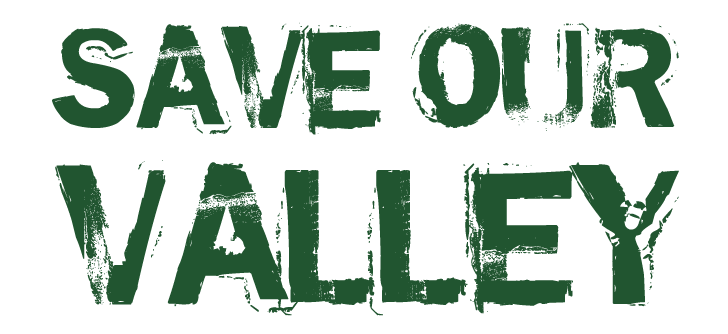Concerns about Wind Farms and Their “Green” Credentials
Debates in the Dail from 2012 to 2022 show our politicians are fully aware that onshore industrial wind turbine developments are too close to homes in Ireland and that they are highly intrusive in rural communities. Current and proposed minimum set back distances are unjust.
In 2012 the Dail discussed a minimum 2km (1.2miles) setback distance if wind turbines are over 150m (492ft) in height. Existing legislation allows for set back distances of as little as 500m (1640 ft). New legislation proposes 4x turbine height, so a turbine of 150m (492ft) would be 600m (1969 ft) from the nearest home, a full 1.4 km (4593 ft) closer than envisaged in 2012.
Environmental Impacts
The lifespan of a modern turbine is approximately 20 years. After this time the moving parts need to be replaced. Those 80m long blades cannot be recycled and all end up in landfill.
In order to secure these monstrous towers, over 1 000 tonnes of concrete are required. Concrete is estimated to be responsible for up to 8% of the world’s CO2 production.
Use of hydrocarbons, plastics and metals
Building one wind turbine requires at least 800 tonnes of steel, 2 300 tonnes of concrete and 41 tonnes of non-recyclable plastic. The only way of making the turbine blades is with carbon-reinforced resins, which are made from petrochemicals.
Each turbine requires oils and lubricants to function. Those mineral oils are made using petrochemicals, which are severely damaging to the environment when they leak or spill. Each turbine requires approximately 300 litres of oil, which needs to be replaced every year.
The cobalt and rare metals necessary (all of which are mined) include:
Aggregates and crushed stone (for concrete)
Bauxite (aluminium)
Clay and shale (for cement)
Coal (by-product coke is used to make steel)
Cobalt (magnets)
Copper (wiring)
Gypsum (for cement)
Iron ore (steel)
Limestone (for cement)
Molybdenum (alloy in steel)
Rare earth oxides (magnets; batteries)
Silica Sand (for cement)
Wildlife
The proposed development will have a serious and substantial impact on the natural life of the valley - and much of it will be permanent. Here are some effects:
Birds: All bird species are at risk of disturbance, displacement and loss of habitat. Several, including protected species, are at risk of death by collision, including buzzards, owls, kestrels and hen harriers.
Bats: Bats are killed either through a fatal change in pressure within the lungs or through collision with rotor blades.
Water: Delicate water tables are at risk throughout construction, operational and decommissioning phases of wind turbines.
Digging foundations for the turbines will reduce the water table and there will be changes to groundwater distribution and flow. There is a threat of the disturbance of contaminated soil and subsequent groundwater pollution, and of pollution from oil and building material, fuel spills or leaks.
Once the turbines are erected, there will be a reduction in groundwater storage and changes to infiltration and surface runoff patterns as forestry is removed, which will then influence groundwater flow and distribution. The threat of pollution from spillage and leaks continues throughout the decommissioning process.
